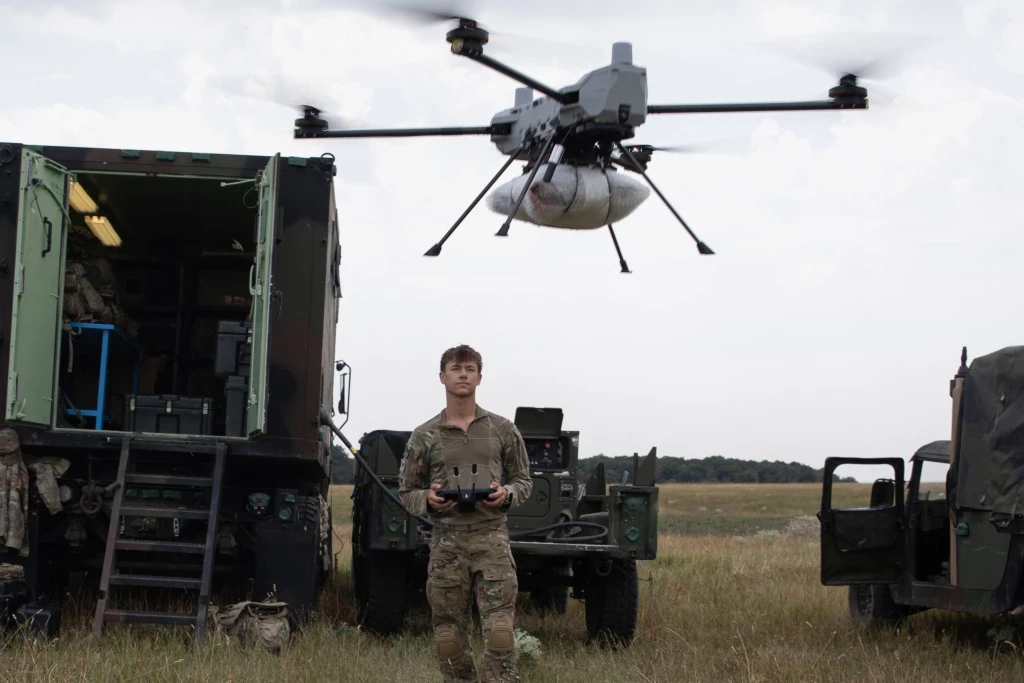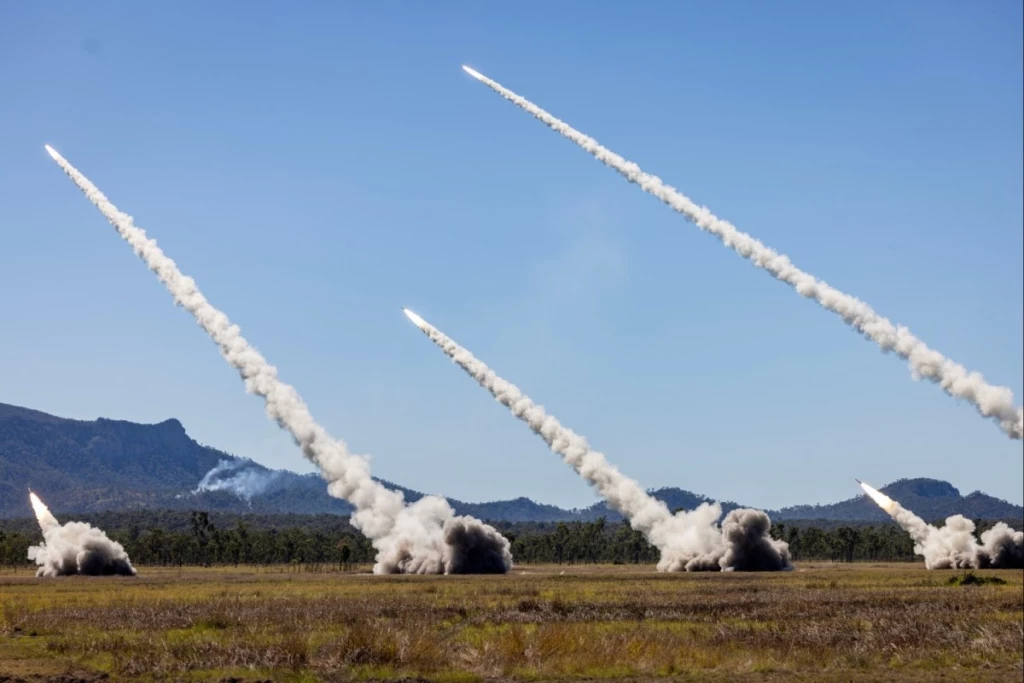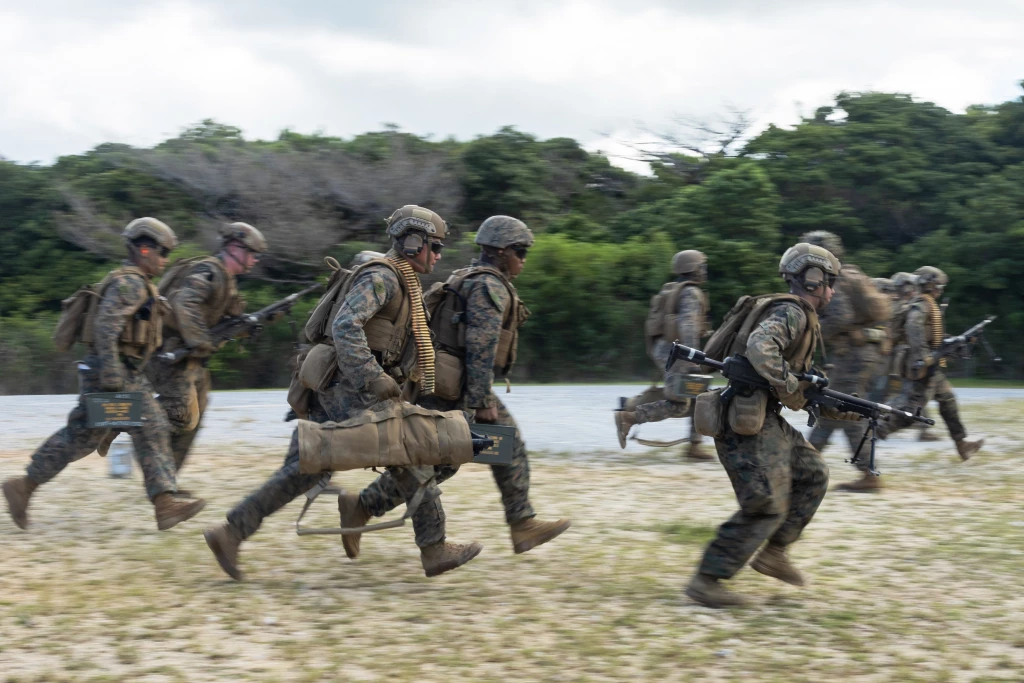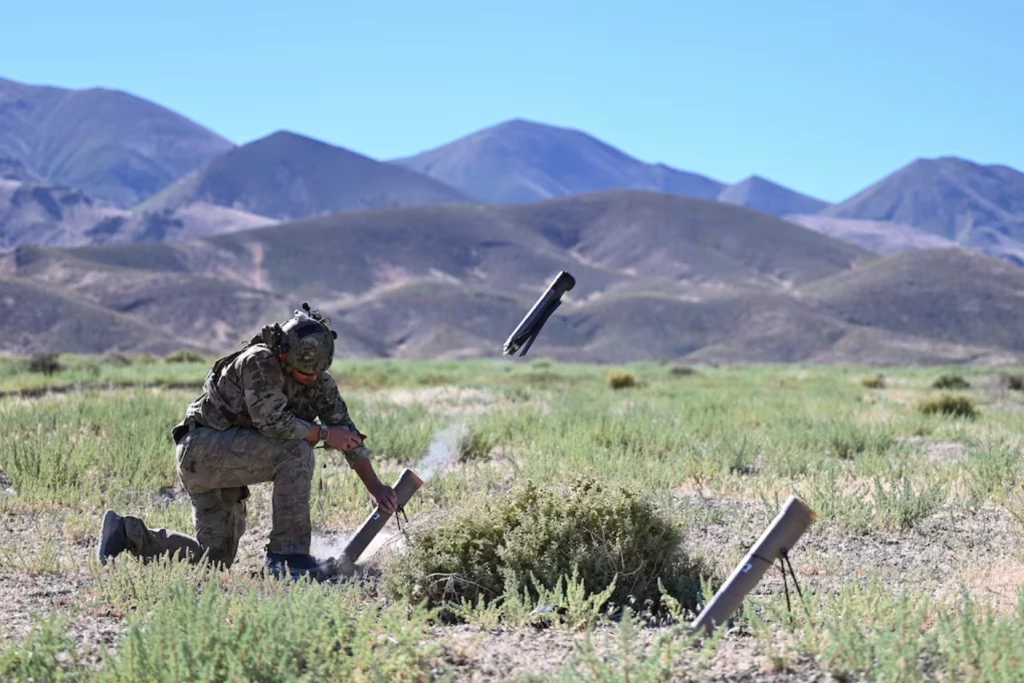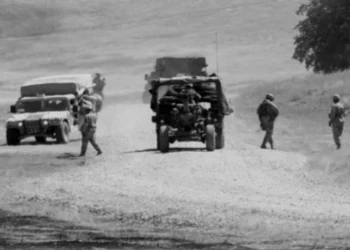Defense News Digest: October 2025
Add bookmark
Welcome to IDGA’s weekly news roundup. For over two decades, IDGA has organized conferences designed to further the national security objectives of the current administration and to facilitate the acquisition priorities of the DoD, DHS, and other federal agencies. Now, through this weekly series, we look to educate the community on the latest research, program updates and news in the defense and government sector.
This month, we will examine four stories, some of which you might have missed, including nuclear reactors on Army bases, requirements for the Army’s howitzer competition, and more.
Army Reveals Formal Requirements for Howitzer Competition
The U.S. Army has released formal requirements for its next self-propelled howitzer, outlining key provisions for domestic production, high armor protection, and compatibility with U.S. ammunition. The Oct. 20 document, obtained by Breaking Defense, supports a recent request for information and marks the next step in the Army’s plan to select an existing platform rather than revive the canceled Extended Range Cannon Artillery program.
Among the competitors expected to participate are Hanwha, Rheinmetall, Elbit America, Leonardo DRS with KNDS, General Dynamics, and BAE Systems. The new requirements mandate that both the howitzer and its resupply vehicle be produced in the United States, a move that could shape industry partnerships and local manufacturing plans.
The Army also calls for armor equivalent to the M109A7 Paladin, improved mobility and transportability, and the ability to fire up to six unguided or three guided rounds per minute. Range requirements include massed fires up to 58 kilometers and precision fires up to 70 kilometers. The system must also meet demanding sustainment and reliability goals to reduce logistics burdens.
The competition will support the Army’s Transformation in Contact initiative, which tests new technologies with operational units in real-world environments.
Explore Next-Gen Hypersonics with IDGA

The 6th Annual Next Generation Missiles and Hypersonics Summit is back in the Washington D.C. area this December!
Learn MoreProject Janus Aims to Place Nuclear Reactors on Army Bases
The U.S. Army and Department of Energy have launched the Janus Program, a new initiative to deploy small nuclear reactors, or “microreactors,” on Army bases around the world. Announced by Army Secretary Dan Driscoll and Energy Secretary Chris Wright at the AUSA conference, the program aims to provide reliable, long-term power generation without dependence on diesel fuel.
Officials said the reactors could eventually deliver several megawatts of power to remote or forward-deployed bases for years, potentially decades, without refueling. Driscoll highlighted the need for resilient energy in contested regions like the Indo-Pacific, where traditional fuel supply chains may be vulnerable.
The Janus Program builds on previous efforts, including Project Pele, which sought to develop a 40-ton, 1–5 megawatt mobile reactor for austere environments. The initiative also follows a presidential directive calling for an operational reactor at a domestic base by 2028.
The Army will collaborate with the Defense Innovation Unit and the Department of Energy, with commercial partners expected to build and operate the systems. Driscoll described the program as an opportunity for the Army to act as a “host for American entrepreneurship and industry.” Officials expect the first prototype reactor, under development at Idaho National Laboratory, to reach a key milestone by mid-2026.
Army Seeking CCA-Like Capability
The U.S. Army is exploring a Collaborative Combat Aircraft (CCA)-like capability that could be fielded within the next few years, according to Brig. Gen. Cain Baker, director of the Future Vertical Lift Cross Functional Team. Speaking at the Association of the U.S. Army conference, Baker said the service is working with the Air Force, Navy, and allied partners to define requirements and identify technologies that can expand the Army’s autonomous air capabilities.
While the Air Force and Navy already have active CCA programs, this marks the first indication that the Army is pursuing its own version, potentially a vertical takeoff and landing (VTOL) drone capable of operating alongside crewed helicopters. The effort builds on ongoing work in launched effects and other unmanned systems meant to enhance sensing, mass, and survivability in contested environments, particularly across the Indo-Pacific and European theaters.
Army PEO Aviation leader Gen. David Phillips said the service received strong industry interest last fall in developing a Group 4 VTOL platform, though vendors have not been publicly named. Boeing has revealed a potential entrant, the Collaborative Transformational Rotorcraft (CxR), a tiltrotor design still in concept development.
The Army plans to test CCA-like systems during its annual aviation experiment in early FY2026 to help shape future requirements.
Army Secretary Focused on “Silicon Valley Model” for Acquisition Process
At AUSA, Army Secretary Daniel Driscoll declared that the service will overhaul its acquisition process using a “Silicon Valley model” focused on speed, innovation, and startup partnerships. Calling current procurement timelines “unacceptable,” Driscoll said the Army must “break down barriers until we measure acquisitions not in years and billions, but months and thousands.”
The remarks come as the Army launches its FUZE initiative, a venture capital-style program designed to rapidly fund and field emerging technologies. FUZE will invest $750 million this year and $765 million next year, with its first competition, xTechDisrupt, kicking off at AUSA in partnership with Y Combinator. Participants will pitch concepts “Shark Tank”-style for $500,000 awards and have 30 days to deliver working prototypes.
Driscoll, a former venture capitalist, said the Army’s goal is to move beyond reliance on traditional defense primes, which he criticized for slowing innovation through long contracting cycles. He also hinted at a forthcoming acquisition enterprise consolidation, aligning all procurement under a single organization that reports directly to Army leadership. The intent, he said, is to empower soldiers with next-generation capabilities faster and more efficiently than ever before.








